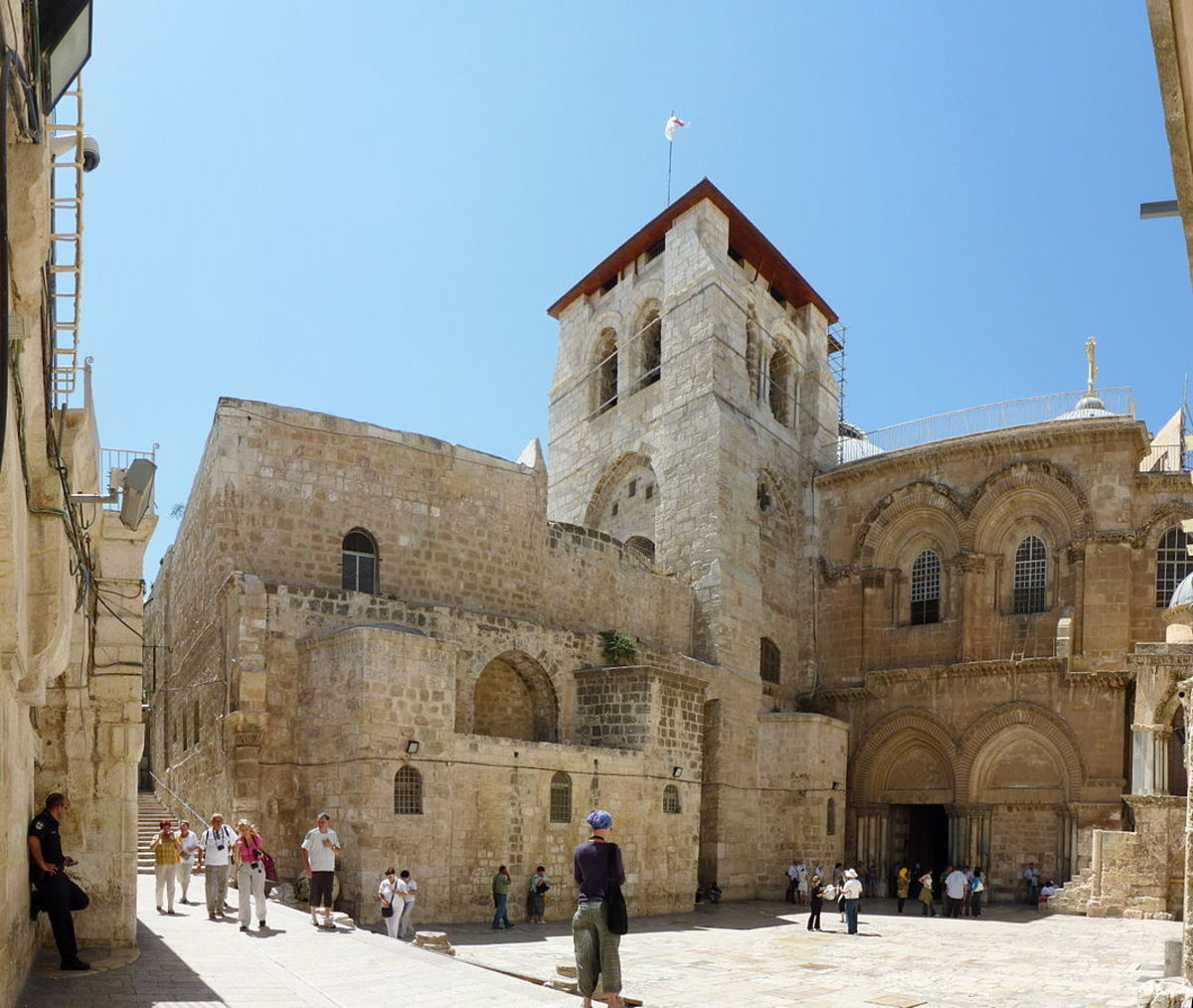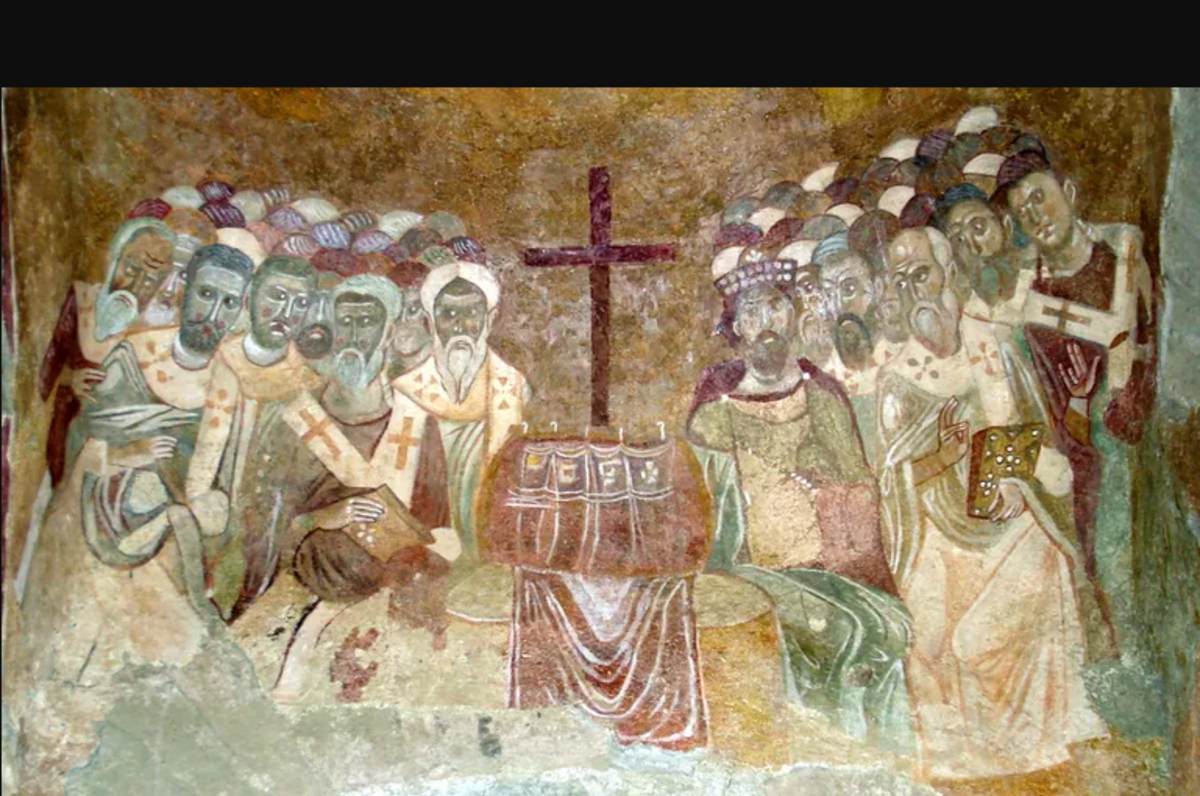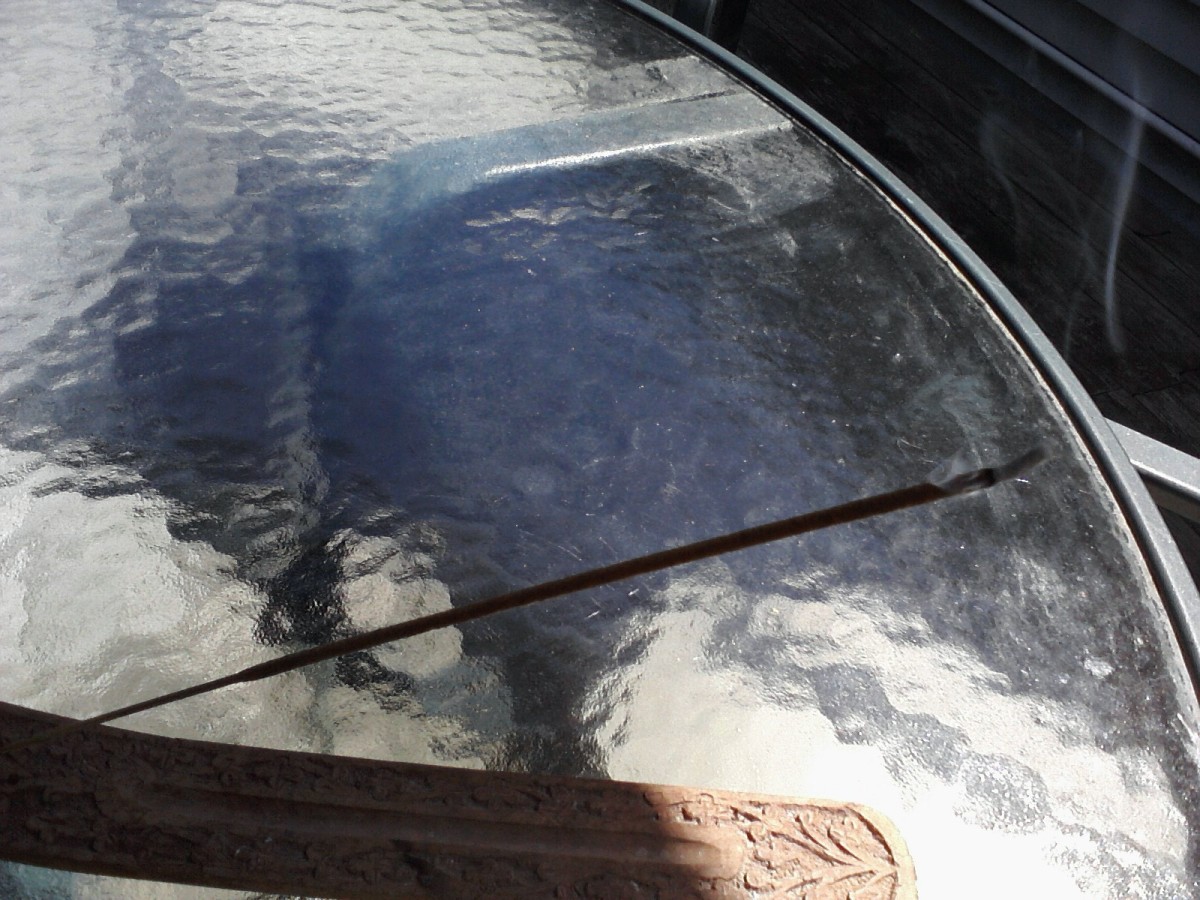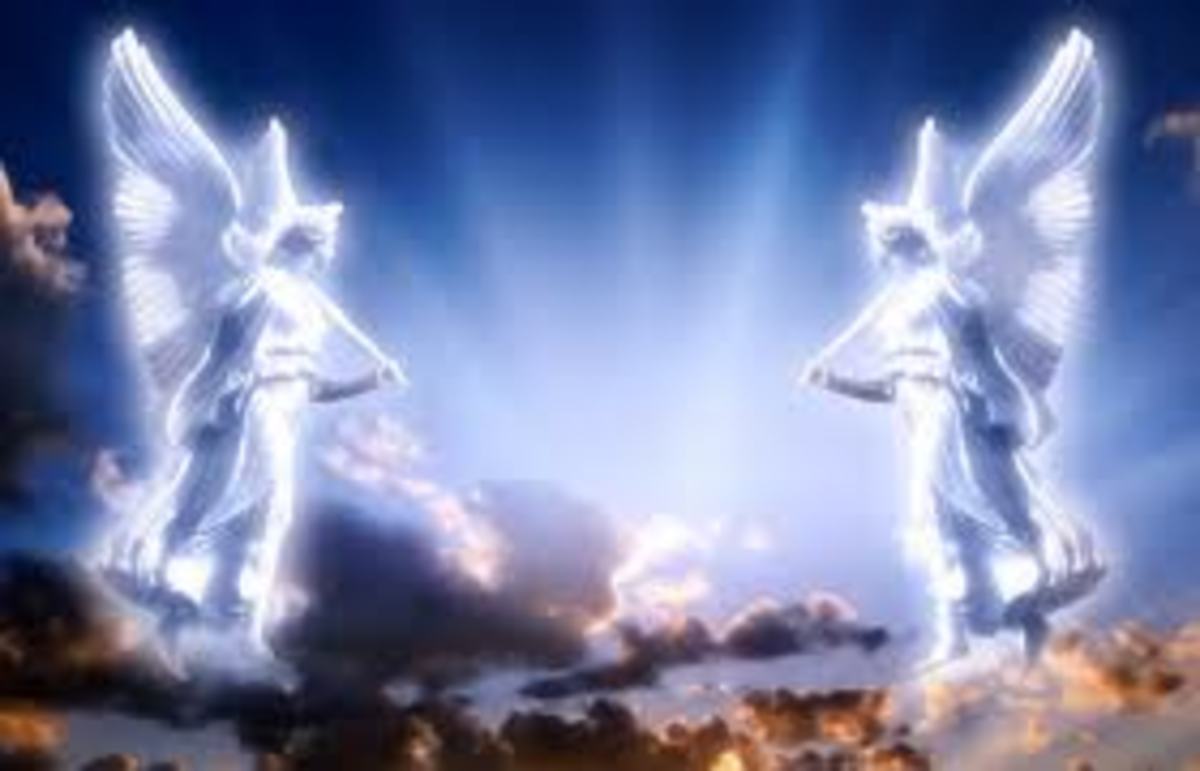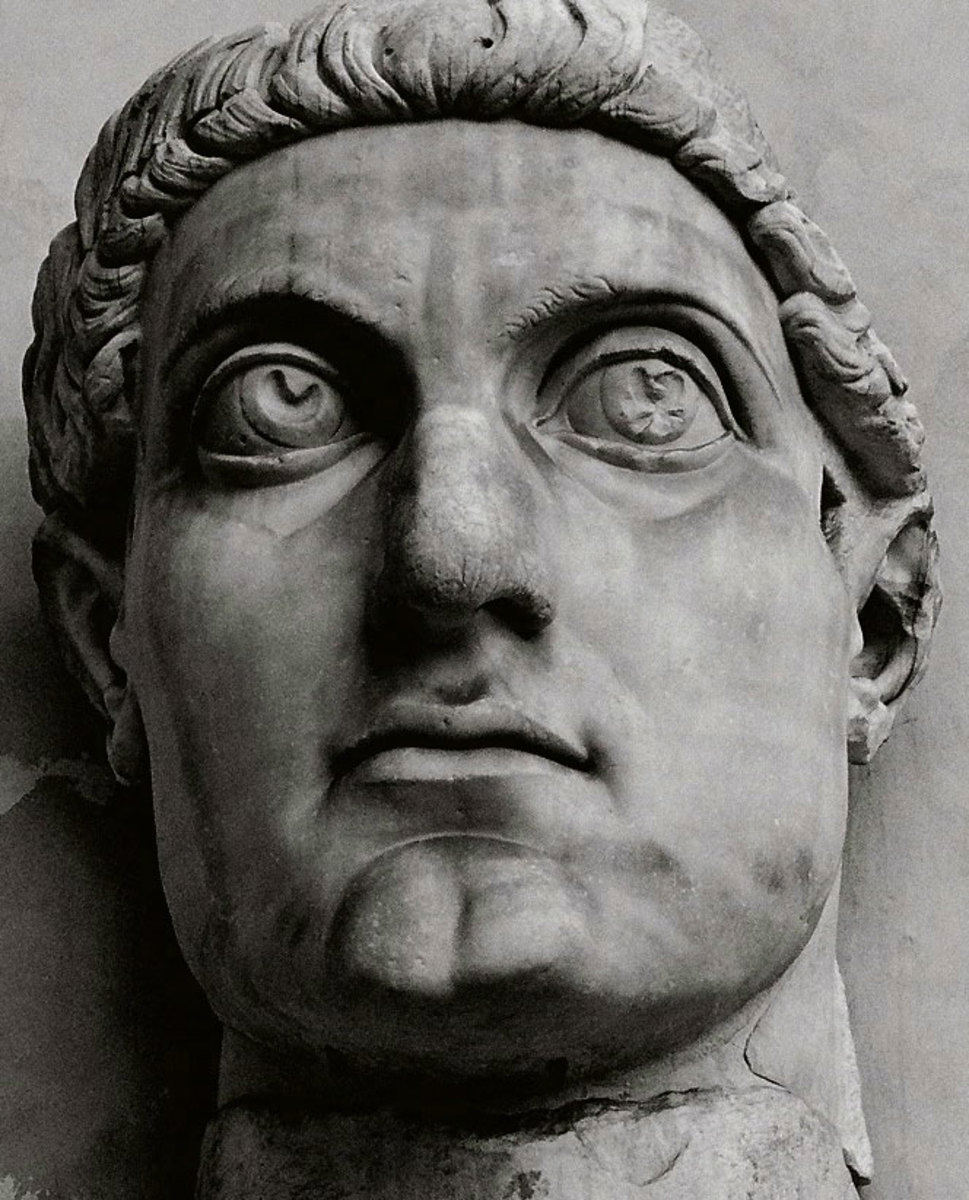The Church of the Holy Sepulchre Atop Mt Calvary and Christ's Tomb
Jerusalem Has Expanded to Include Mt. Calvary and Christ's Burial Crypt Within Its Boundaries
According to the Bible, Christ was taken outside Jerusalem to a hill known as Golgotha, or Mt. Calvary as it is referred to now days, and put to death by crucification He was then buried in a nearby burial crypt.
Today, the City of Jerusalem, like most other major cities in the world with ancient roots, has spread far beyond the boundaries that existed at the time of Christ. As a result of this expansion, the Jerusalem of today now includes well within its modern boundaries, both Mt. Calvary and the burial crypt in which Christ was laid after being taken from the cross.
In fact a mere decade or so after the crucification (about 41 – 44 A.D.) the ruler Agrippa I was forced to build a new perimeter wall (the third in the city's history) around the Jerusalem to accommodate the growth and expansion of the city that was occurring back then.
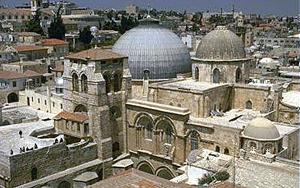
The First Church on the Site was built of the Emperor Constantine I in 325
The result was that Mt. Calvary and the grave hewed in the rock where Jesus had been placed after being taken from the cross were then within the confines of the new wall surrounding the city.
After his resurrection and ascension into heaven, Jesus's followers began the practice of regularly meeting and praying at the site of the crucifixion, thus preserving the memory of the location despite changes in the surrounding city.
Following his conversion to Christianity four centuries after the time of Christ, the Roman Emperor Constantine I ordered, in the year 325, that a large church be built on the site of the Crucifixion.
This was the beginning of the huge basilica known to Western Christians as the Church of the Holy Sepulchre (which translates as Church of the Holy Tomb) and to Eastern and Orthodox Christians as the Church of the Resurrection. This huge and ancient structure includes withing its walls both Golgotha and the crypt where Jesus was laid following the crucifixion.
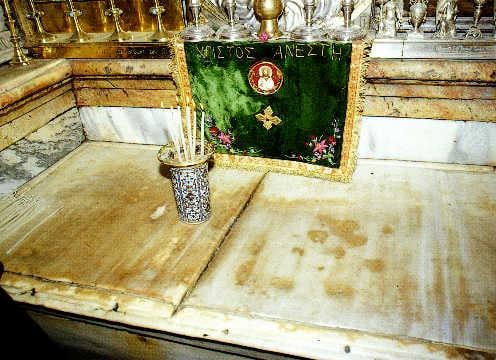
The Church is built over the places where Christ died and where he was buried
Some may find it difficult to imagine a church being built on top of a hill and extending all the way to include a nearby grave.
However, even in the time of Jesus, Golgotha was more of a slight rise or knoll than a true hill.
Also, as the Jewish Sabbath began at sunset, Jesus' followers had to move quickly to carry the body to the grave before the start of the Sabbath. This meant that the grave had to be very close to Golgotha.
As it was, they only had time to lay the body in the tomb, leaving preparation and proper burial until after the Sabbath on Sunday.
In the Jewish calendar days go from sunset to sunset so the Sabbath starts at sunset on Friday and ends at sunset on Saturday.
This resulted in Sunday morning being the first opportunity where, as faithful Jews, Jesus' followers could both do the work of preparing the body for a proper burial as well as having the daylight needed to do the work.
While a major tourist attraction in Jerusalem today, the Church of the Holy Sepulchre remains, as it has for the past sixteen hundred and eighty some years, a place of worship. Of course, it is not the same church that the Emperor Constantine I ordered built in the year 325, with his mother, Helena, personally overseeing the construction.
Constantine's magnificent structure was almost totally destroyed by invading Persians in 614. It was rebuilt, but down through the centuries the ravages of war and other natural and man-made disasters have required near constant repair and rebuilding.
Despite the fact that the Holy Land was under Muslim control from the end of the Crusades until the twentieth century, the Muslim rulers generally respected and protected both the Christian shrines and the Christian clergy who managed the church and other holy sites in the area. In fact, on a number of occasions, Muslim rulers had to intervene to protect the building from being damaged during physical fights among various Christian denominations.
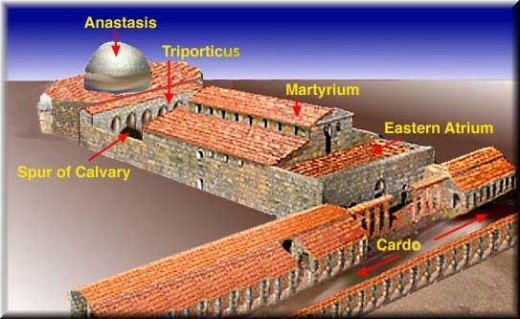
The Church remains an active house of worship today
As a place of worship, the Church of the Holy Sepulchre is somewhat unique in this it is multi-denominational in both its management and use as a house of worship. To start with, while we in the West know it as the Church of the Holy Sepulchre , the Greek Orthodox Church knows it as the Church of the Resurrection .
Under a mid-nineteenth century agreement between church authorities and the Turkish Sultan, control of the Church is divided between the Greek Orthodox Church, the Roman Catholic Church and the Armenian Apostolic Church (also known as the Armenian Orthodox or Gregorian Church – this Christian sect was founded in the first century by two of Jesus' Apostles, St. Bartholomew and St. Jude).
The Catholic Franciscan Religious Order has been responsible for maintaining the Roman Catholic (Latin Rite) presence in the church having been given that duty by Pope Clement VI in 1335 following successful negotiations by the King and Queen of Naples, Angiò and Sancia of Majorca, with the Muslim rulers to allow a Roman Catholic presence in the Church of the Holy Sepulchre and surrounding areas of the Holy Land. The purpose of the negotiations was to protect the Roman Church's interests in holy sites and to assist Roman Catholic pilgrims to the Holy Land.
At the time of the nineteenth century agreement, the Greek Orthodox authorities occupied the largest section of the Church so they now have control over the most square footage within the church with the Franciscans having the second largest area under their control.
The church itself serves as headquarters of the Orthodox Patriarch of Jerusalem and the Catholic arch priest of Jerusalem who is responsible for overseeing Catholic parishes and interests in Jerusalem including the Church of the Holy Sepulchre. Later in the nineteenth century the Coptic (Egyptian) Orthodox, Ethiopian Orthodox and Syrian Orthodox (officially Syriac Orthodox as it is broader than just the present nation of Syria – this church is descended from the Church of Antioch which was founded by the Apostle, St. Peter) were given times and places within the church for their worship services.
While a somewhat awkward set-up, the system works and, despite centuries worth of theological, jurisdictional and political differences, the Churches and their clergy on the scene, keep reminding themselves that they are a part of the Christian tradition that began on the very ground on which the Church of the Holy Sepulchre sits and this shared Christian heritage has maintained a presence, often tenuous but still continuous, in the Holy Land from the time of Christ to the present.
Location of Church of Holy Sepulchre & Other Places in Holy Land
Location of Church of Holy Sepulchre in Jerusalem


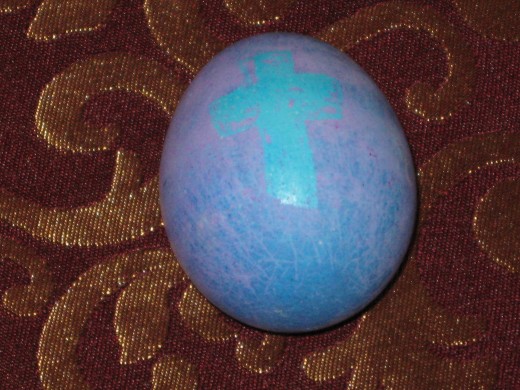
Links to My Other Easter Season Hubs
- Why the Date of Easter Changes Each Year
Why does the date of Easter vary from year to year? The answer to this has to do with history and tradition. If you recall, Jesus and his disciples were Jewish and, as Jews, celebrated the... - Easter Eggs
Since ancient times, eggs have always been a symbol of life and fertility, with spring as the time when most birds in the wild lay eggs from which, a few weeks later with new little birds hatch. It is no... - The Origins of the Easter Rabbit
Like Christmas, Easter is a holiday that began as a Christian religious holiday and, over time evolved into a combination religious and secular holiday. Actually, many of the secular traditions associated... - Eggs and Easter
In a previous Hub entitled Easter Eggs I described some of the traditions and customs associated with eggs and Easter. However, there is much more to the story about the links between eggs and Easter and the... - Palm Sunday
Palm Sunday is the sixth Sunday in Lent and the Sunday before Easter. It is celebrated in all major Christian churches - Roman Catholic, Protestant and Orthodox. In popular parlance it is called Palm Sunday... - Passion Sunday
Passion Sunday is the sixth and last Sunday of Lent and the Sunday before Easter. This is the Sunday on which palms are distributed to the congregation in most Christian churches and, because of the... - The Garden of Gethsemane - A Spiritual Oasis in Tucson
Visitors traveling along Interstate 10 between Atlanta and Los Angeles can obtain a spiritual recharge while passing through Tucson, Arizona, if they pause take the Congress St. west exit off of...
This content is accurate and true to the best of the author’s knowledge and is not meant to substitute for formal and individualized advice from a qualified professional.
© 2007 Chuck Nugent

